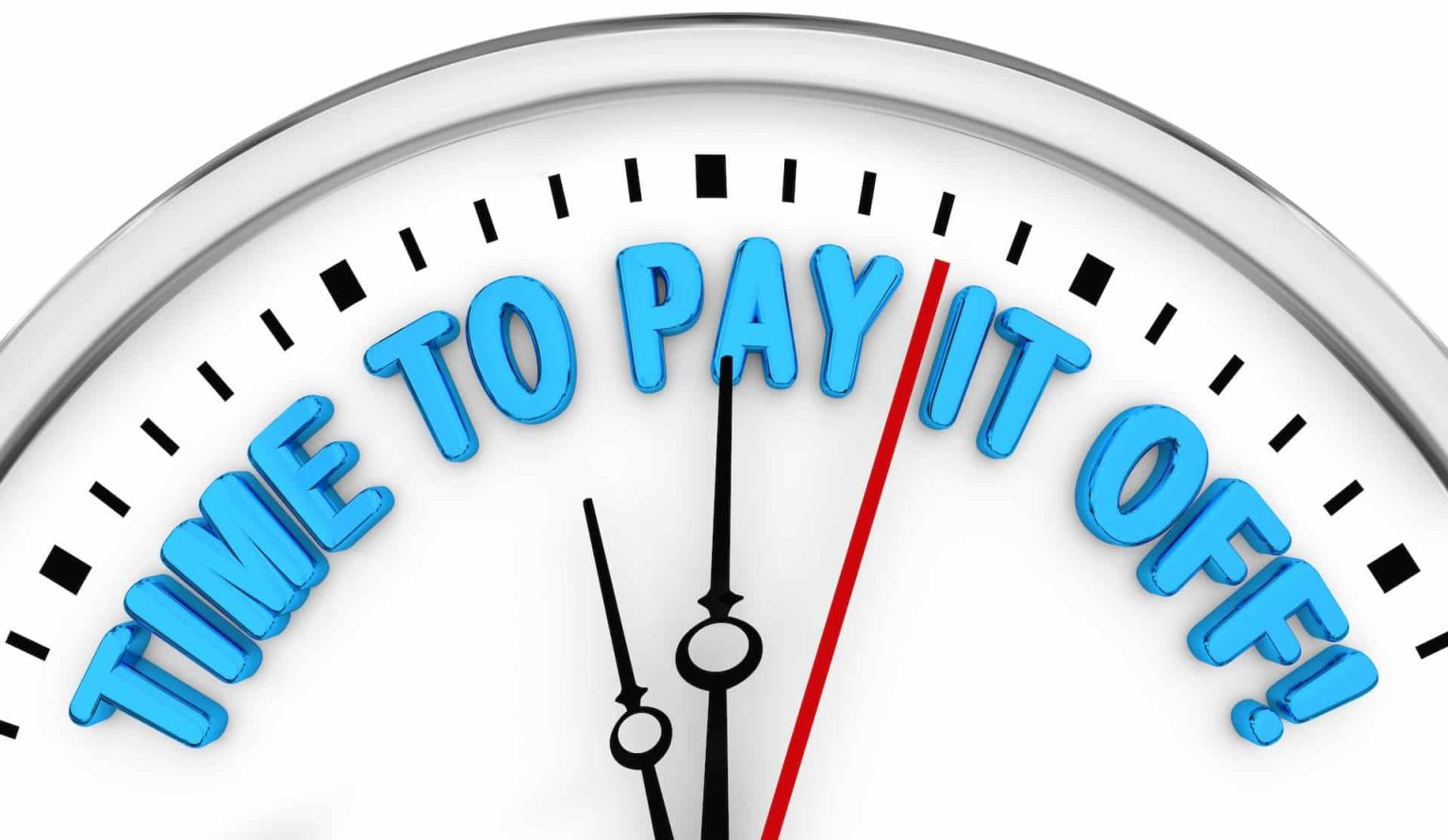Credit Sesame discusses how current low inflation is an opportunity to address and reduce debt.
The recent Federal Reserve interest rate cut has been widely greeted as a welcome break for consumers struggling with debt. Low interest may help, but something else may represent an even bigger opportunity for people to get their debt under control. A return to low inflation can make it easier for consumers to meet expenses and stick to a budget. Consumers can use this opportunity to create budgets that don’t depend on continued borrowing.
Price stability makes it easier to budget
When inflation peaked at 9.1% in June 2022, household budgets took a beating. The cost of living rose rapidly, and some prices rose so much faster than others that it was hard to budget from month to month. For example, the cost of clothing rose by less than 1% in June 2022, but gasoline prices increased by more than 10%.
Over the past year, inflation has subsided to just 2.5%, below its 50-year average of 3.75%. Not only is overall inflation milder, but individual categories are less unpredictable. Price changes for August of 2024 ranged from a decline of 1.9% for fuel oil and gas services to an increase of 0.9% for transportation services.
Stability makes budgeting easier. In this environment, consumers have an opportunity to take a fresh look at their spending and create a budget that doesn’t depend on continued borrowing. As part of this, they can plan for how to start paying down debt.
Incomes have grown faster than inflation
Low inflation makes it easier to plan ahead. Additionally, incomes have outpaced price increases. The Bureau of Labor Statistics (BLS) recently reported that the average pre-tax income grew by 8.3% last year, while inflation rose by 4.1%. It is easier for households to make ends meet when incomes grow twice as fast as inflation.
Will households use this opportunity to pay down debt, or will they spend more? The BLS report showed that average spending increased by 5.9% last year. Since that’s a bigger increase than the inflation rate, it suggests that, to some extent, consumers chose to buy more. However, since spending growth didn’t grow as fast as income, there is still an opportunity for consumers to start paying down debt.
Lower interest rates only help reduce debt a little
Consumers should make the effort to create sustainable budgets and pay down debt. They shouldn’t count on the Fed’s rate cut to provide much relief. A 0.5% interest rate cut is just a drop in the bucket compared with an average credit card interest rate of 22.76%. Also, there is a strong possibility that credit card rates won’t fall by as much as the Fed funds rate.
Even if the Fed announces additional rate cuts, consumers still have significant debt balances to repay. Regardless of how much interest rates fall, budget discipline will be required.
Don’t take too much comfort in household wealth
Consumers should not expect rising household wealth to bail them out of debt problems. While household wealth grew to a record $163.8 trillion last quarter, this was driven by rising prices for homes and investments.
These rising asset prices only partially offset consumers’ chronically low savings rates of recent years. Savings are something households can control through responsible budgeting to build wealth steadily over time. Asset price increases are less predictable and largely out of people’s control.
The risk is that households may be encouraged to borrow against those rising asset values. Borrowing against an asset can be a way of unlocking some of its value without having to sell it. However, wealth is different from cash flow. If you borrow more than your monthly budget can support, you may find it difficult to make payments, no matter how valuable your home or investments are.
The problem is that you can’t necessarily count on the value of those assets to help you make loan or credit card payments. Homes are illiquid. They take time to sell, and there are costs involved in selling them. Investments are volatile, and you don’t want to be forced to sell them right when they happen to have hit a rough patch.
In the current environment, jobs are plentiful, and income is rising faster than inflation. Use this as an opportunity to pay down your debt. History shows that conditions can get a lot tougher than they are now.
If you enjoyed Take advantage of low inflation to pay down debt you may like,
Read the full article here

